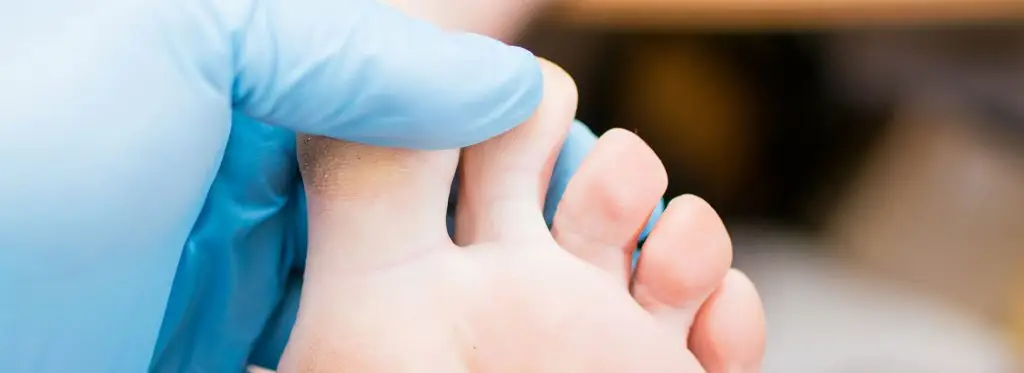What is a callus?
A callus is a hard area of skin that can be yellow in colour. A callus is typically larger than a corn and doesn’t have a defined edge like a corn. Callused skin is thick and so it is far less sensitive to the touch than the surrounding skin. This thick skin develops when the skin on your foot rubs against something like a bone, the ground or your shoe. They will often form on the ball of your foot because this is the part of your foot that takes the brunt of your weight when you walk.
The causes of calluses on the feet
There are a lot of causes of calluses, but activities that put a repeated pressure on the foot like running and walking without shoes are a very common cause. Athletes are very prone to developing calluses because of the amount of running they do.
Other causes of calluses include:
Reduced padding in the feet and hands – older people have less of the fatty tissue in their skin that absorbs repeated pressure. Patients with diabetes and Rheumatoid disease are more prone to callus formation.
Treating calluses
You should only ever begin treating your calluses after the cause has been identified. Seeing a podiatrist who can identify the cause and advised you of the best treatment is recommended. Your podiatrist may be able to treat your calluses by using a sharp blade to remove the area of hard skin. This treatment does not hurt and you don’t require any anaesthetic. It should help relieve any pain or discomfort that you are in. Your podiatrist should also instruct you on some self-care methods that you can do at home and prescribe insoles if needed.
Preventing calluses
If you have any altered sensation or neuropathy in your feet (especially if you are diabetic) you must seek the advice of your podiatrist before starting any self-prevention treatments.
- Use a pumice stone or a foot file regularly to remove hard skin.
- Dry your feet fully after washing them and apply a moisturising foot cream.
- Wear comfortable shoes that fit correctly. Shop for shoes after midday. Your feet swell throughout the day so buying your shoes later in the day means your shoes will be comfortable all day. Make sure you can move your toes and there is a space between your toes and the front of your shoe. If possible, avoid wearing heels as they put more pressure on your feet and can cause calluses.
Most importantly, do not ignore foot pain. If you think you have a problem with your feet, make an appointment with a podiatrist as quickly as you can.
